Archive
2022
KubaParis
Borderless Breath, Between Commas
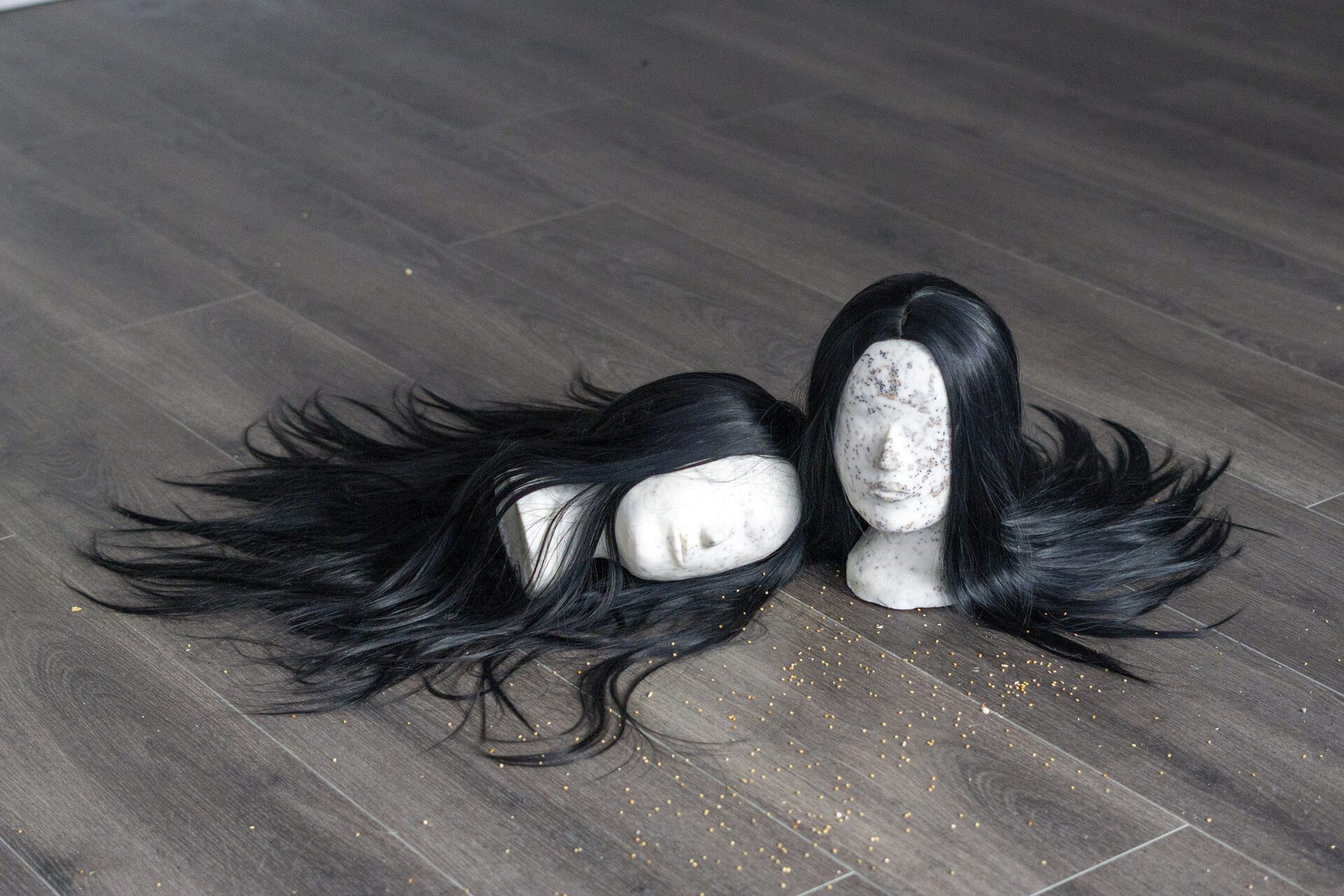
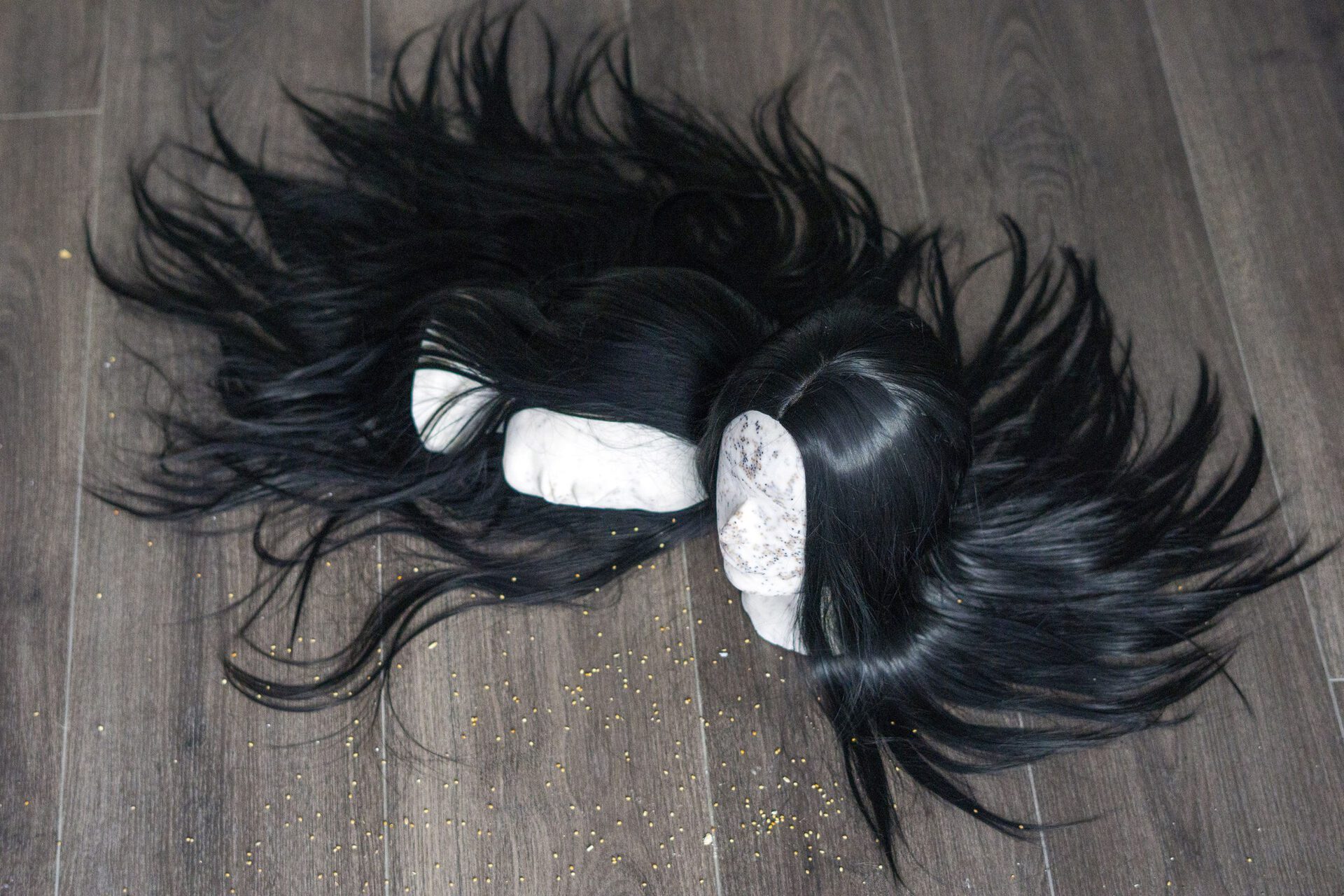



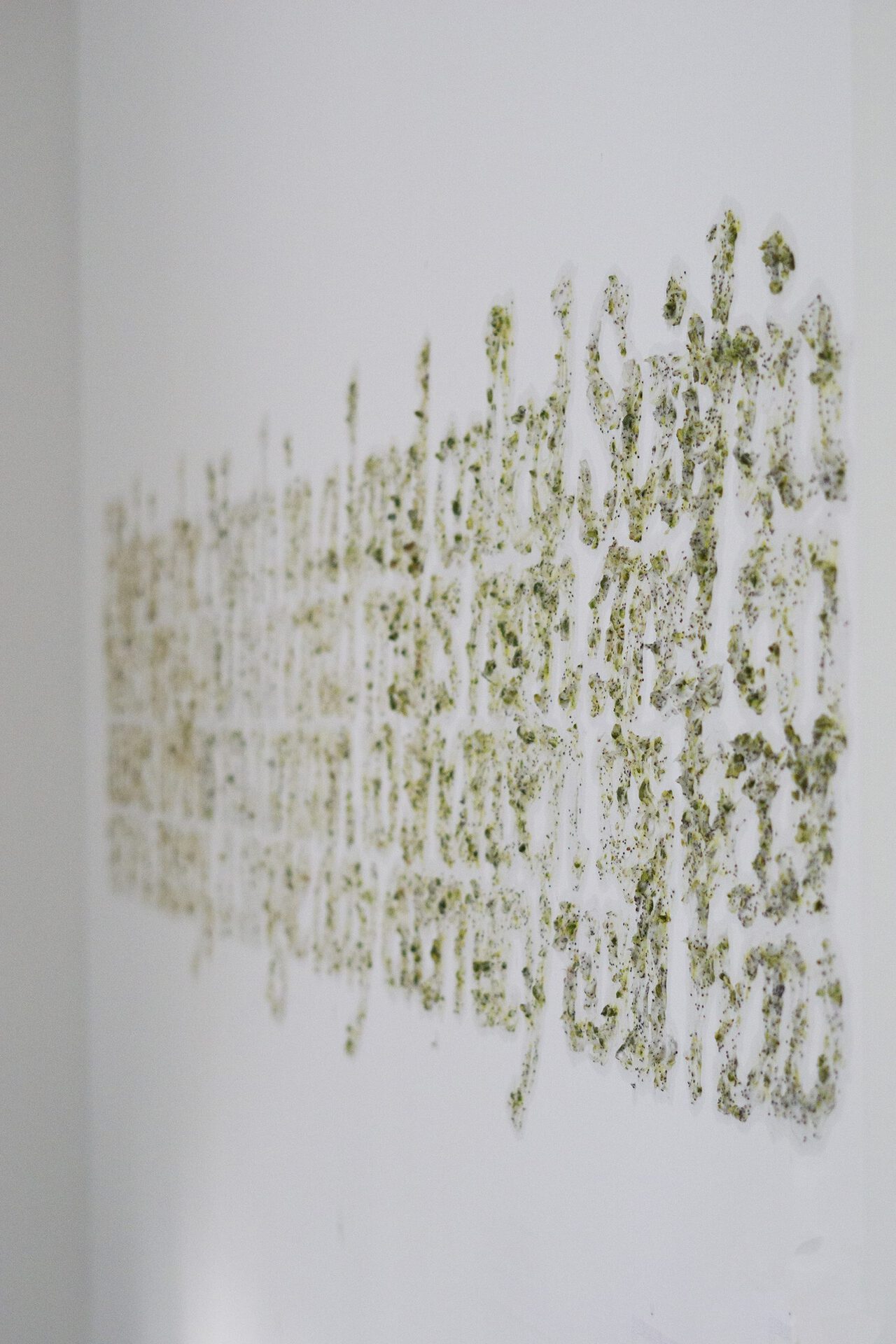
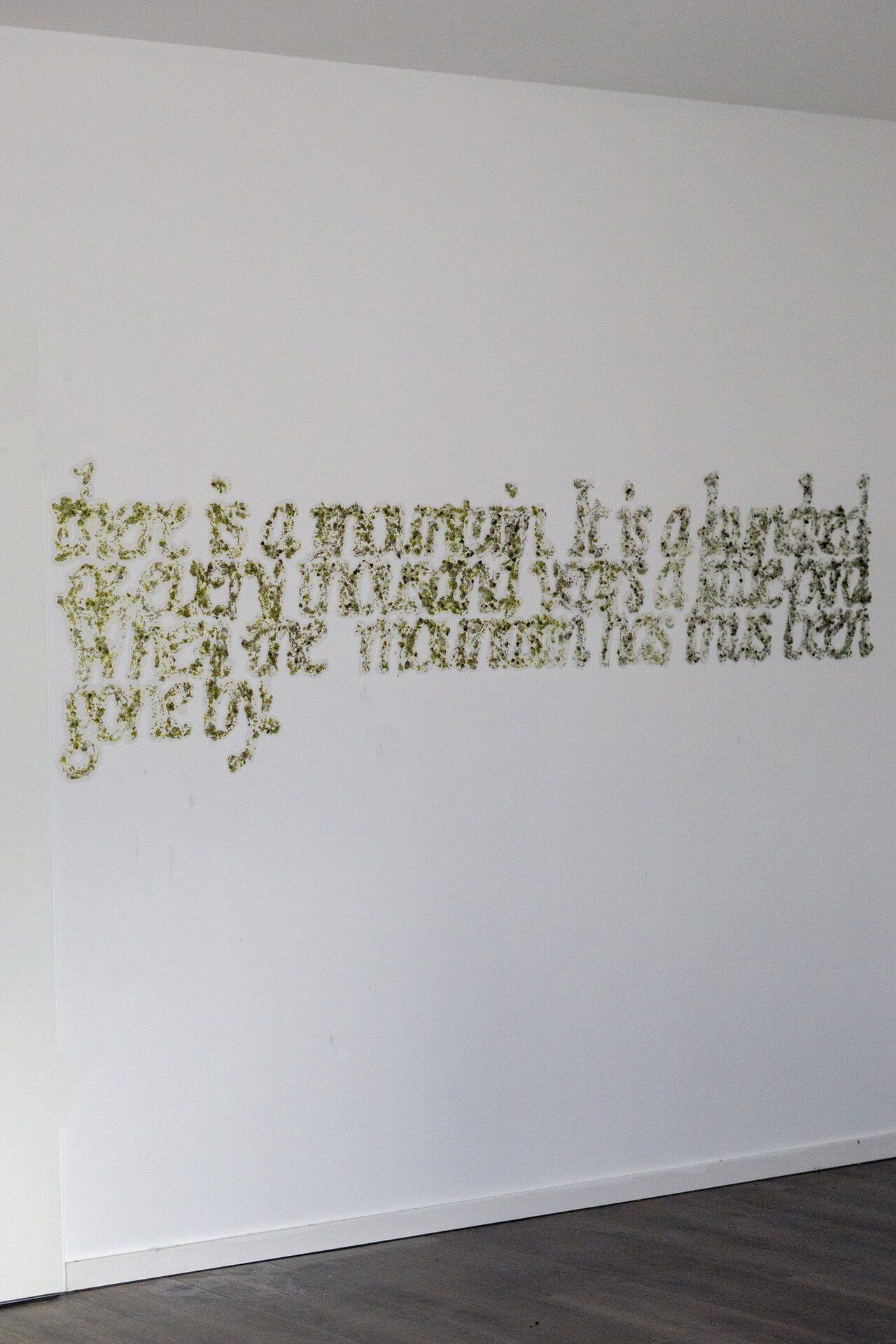
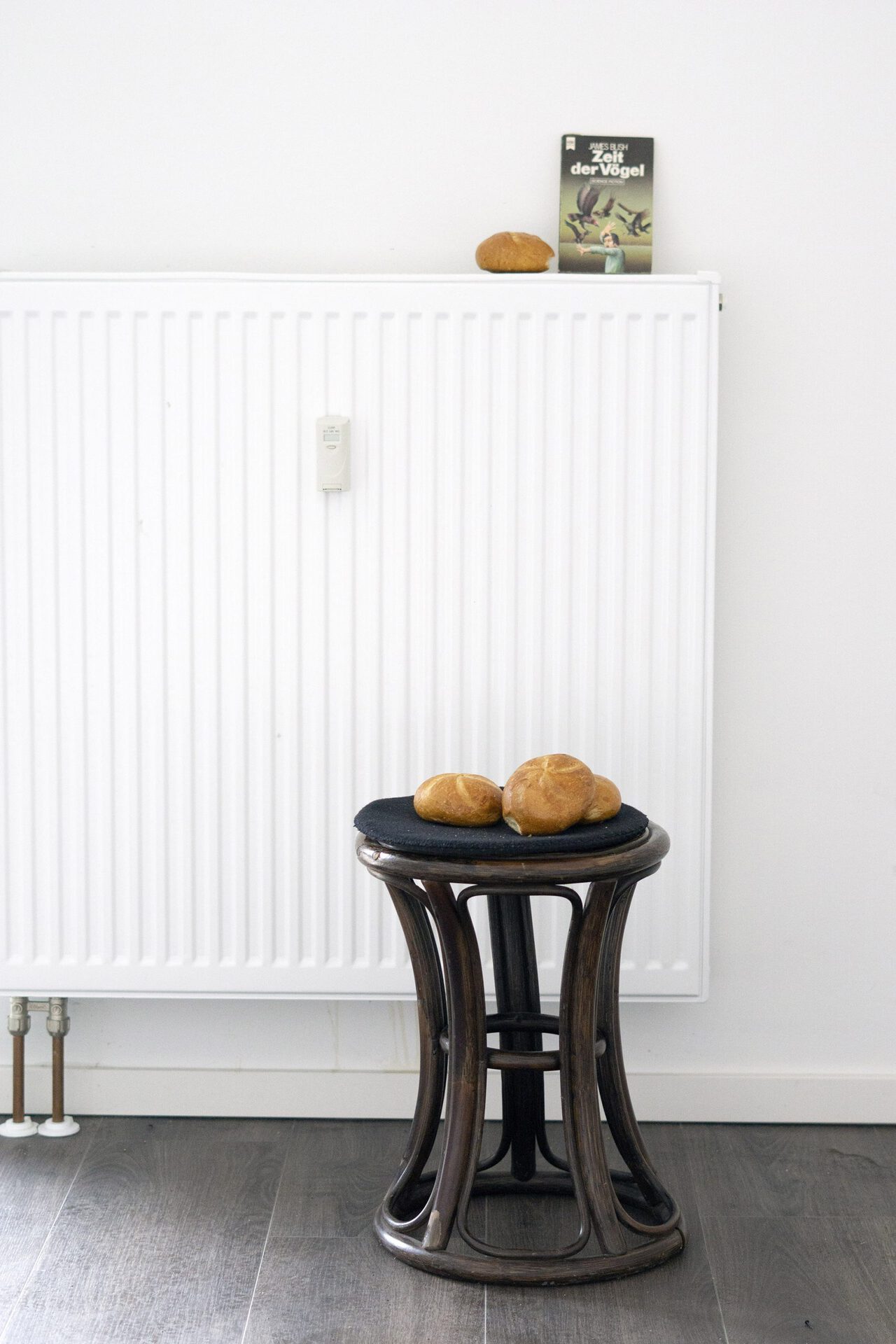
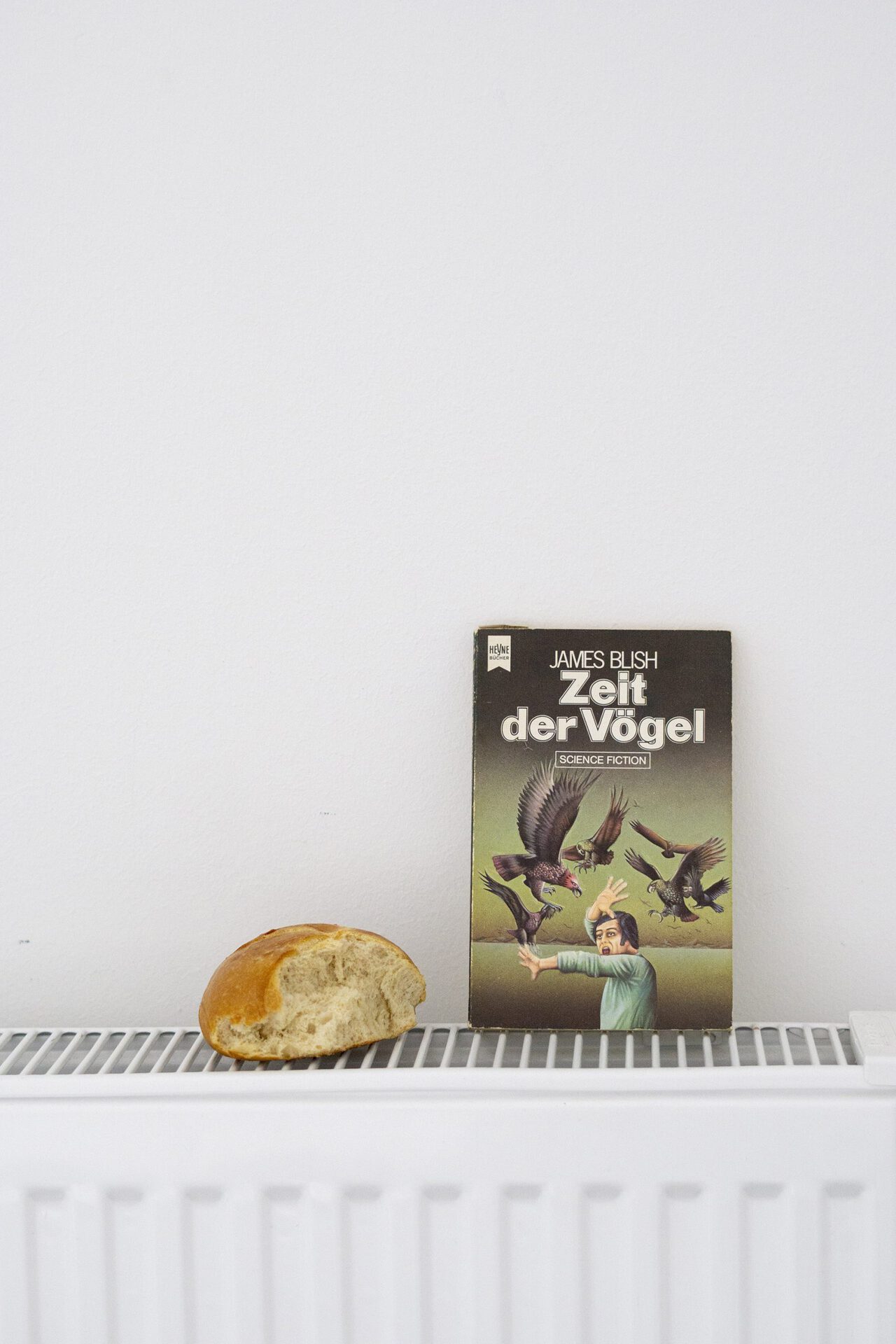
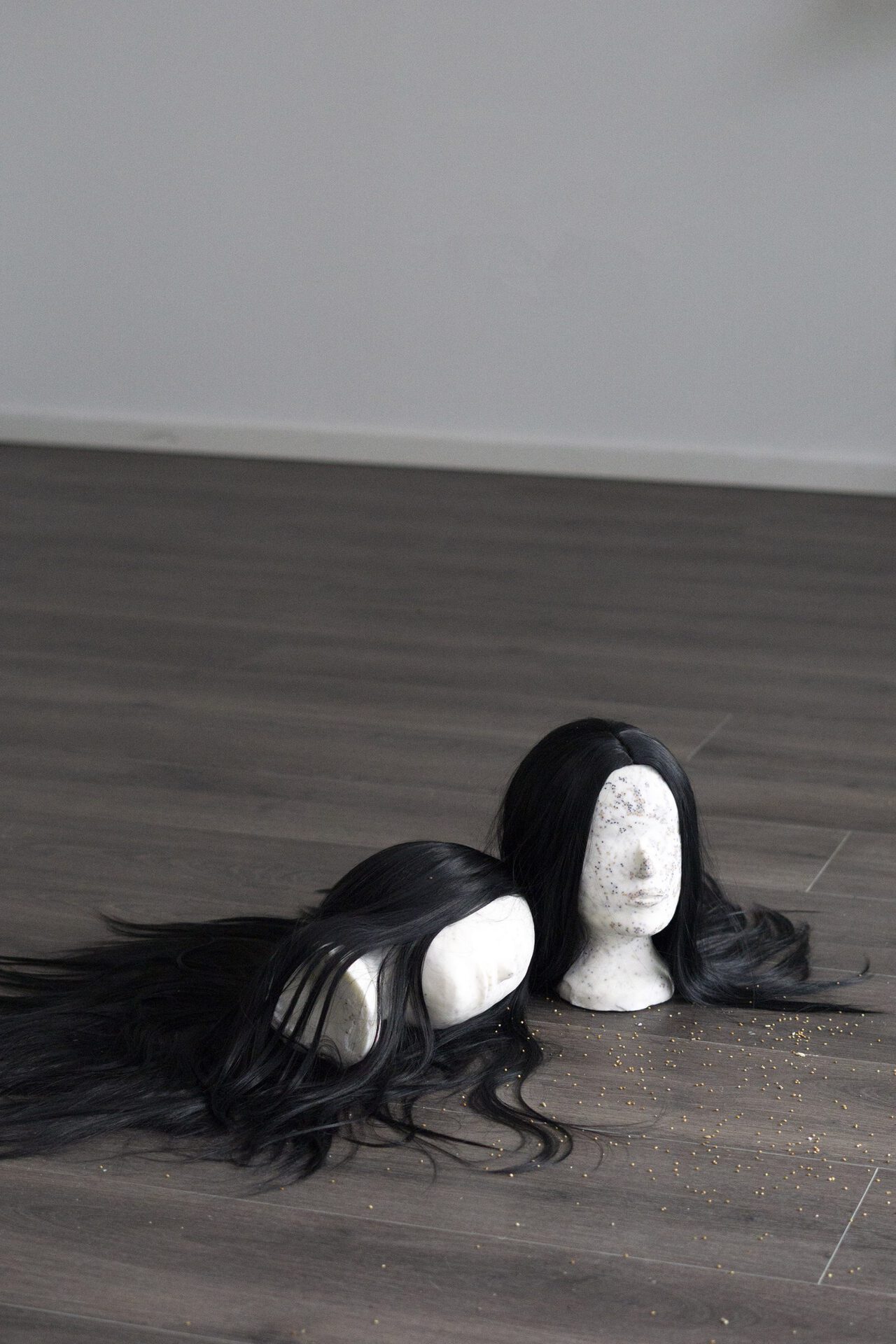
Location
Some SpaceDate
19.05 –21.05.2022Curator
Andre BaghPhotography
Kay YoonSubheadline
In the exhibition "Borderless Breath between Commas", artist Kay Yoon presents her new site-specific installation and sculpture that interrogates the materials being in a hybrid state between an objectified body and an organic artifact. Drawn by the nature of paradoxical senses in perception and communication, the exhibited artworks utilize both linguistic manipulation and bodily consciousness to convey their physical properties. Playing with the architectural elements, Kay Yoon invites other living beings into the exhibition space.Text
Borderless Breath, Between Commas
If we listen to and read this sentence, most people will think they understand it or at least can grasp the meaning of the individual words. That is to understand what is meant by limitless and to understand what a comma is. Making sense of language takes place in a complex framework so that a metaphor is worthwhile:
The level of collective understanding stretches out like a ping-pong table on which one plays if one can decipher the Roman letters of the text here and abstract them into language. The familiar rhythm of letters and syllables forms the white lines and connects all the players on the board. The mental strength of the players is reflected in the rackets, which are basically all the same, only wielded by sometimes more skilled and sometimes rougher hands. Thus equipped, the game can begin: Kay Yoon writes borderless and thus inscribed the ball hits the board and is picked up by us readers. A meaningless row of letters rushes towards us, we play it back with a practiced stroke and have now wrung sense and meaning from the ball, believing we know what is meant. So, unsatisfied with the one lonely word, we smash it back into the text, where it is accepted with the new subjective meaning. The word breath rings out as the ball bounces on the plate and comes at us a second time. The game goes on like this until the sentence is decoded. We can dig through whole libraries, in a simple ping-pong between us and language in its manifold forms. But how secure, how stable is this construct?
Kay Yoon alludes to this question when she chooses this sentence as the theme of the exhibition. The comma, an inconspicuous punctuation mark that has driven generations of students to despair, raises some questions. What does it actually stand for? What happens in the users of language at the moment of the comma, when it is written, read, or even sung? Yes, what happens at the moment of the comma? If you ask yourself this question seriously, you quickly get into an aporetic state. Does the comma have a meaning of its own, like the word breath, or does it merely add meaning to the syntax? Where could such a sense lie? So the ping-pong ball stops in its tracks, defying all the natural laws we have come to trust and driving us into a vacuum of logic and meaning. The comma expresses itself through a pause for breath that marks the moment, which seems like an eternity in a world of fast signs, in an everyday life that requires the ping-pong game to be played in Olympic time. Something confusing as part of logic, something dead, senseless as part of the meaning. This borderland of thought is what drives Kay Noon. An observation that is not only found in language but has parallels on many levels even seems to be a basic condition of being, an anthropological constant.
Where there is living and dying, where there is thinking and feeling, there must always be both: sense and nonsense, the flow of speech and pause for breath, suffering and happiness, life and death, tension and strain. At the moment there must inevitably be an eternity, and eternity is conditioned by the moment. Panta Rhei, everything flows, and yet there can be no flow without rest. Even Sisyphus has the moment of rest when the rock rolls down again at the zenith when the moment of wavering structures the infinite effort.
Peter Seeland